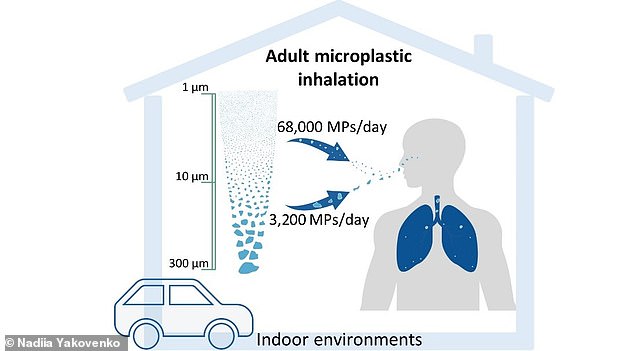Rising Airline Safety Risks: Scientists Examine Surge in Crashes After Air India Tragedy Kills 241
Air India Crash Raises Safety Concerns as 2025 Becomes One of Deadliest Years in Aviation
At least 260 people died in Ahmedabad, India, when an Air India Boeing 787 jetliner crashed into a residential area moments after takeoff. The disaster, involving a flight bound for Gatwick, marks the latest in a series of fatal aviation incidents in 2025, which has already seen 460 fatalities globally—nearly double the annual average of 284 in just six months.

Chunks of the Air India fuselage protrude from smoldering wreckage. The crash is one of the deadliest since Malaysia Airlines Flight MH17 in 2014.
A Troubling Trend?
Earlier this year, an American Airlines flight collided with a military helicopter near Washington, D.C., killing 67. In March, 13 died in a crash off Honduras’ Roatán Island. While aviation remains statistically safe, the surge in fatalities has sparked public alarm.
Jan-Arwed Richter of safety consultancy Jacdec warns, “If this rate continues, 2025 could set a grim record.” However, experts emphasize that short-term spikes don’t reflect long-term trends.
“Safety Peaks and Troughs”
Dr. Simon Bennett of the University of Leicester explains, “Aviation safety fluctuates. A snapshot might suggest danger, but over decades, safety has unequivocally improved.” In 2023, there were zero fatal commercial crashes—a testament to rigorous safety protocols.
The UK’s 2024 Air Accidents Investigation Branch report reiterates: “Commercial aviation remains one of the safest transport modes, with accident rates declining long-term.”

Rescuers work amid debris. Experts urge considering such tragedies in broader context.
Why Did Flight 171 Crash?
Preliminary reports suggest environmental and mechanical factors. Ahmedabad’s 37°C (98°F) heat reduced air density, requiring more lift for takeoff. Investigators also noted the landing gear remained deployed while flaps were retracted at 600 feet—a critical error cutting lift.
Dr. Sammy Diasinos, an aerodynamics expert, noted dual-engine failures are rare but possible in extreme conditions. Murray Terwey, an aviation lecturer, added, “Mistakes in flap/gear handling can prove catastrophic during takeoff.”
Economic Strains and Safety
Dr. Bennett highlights economic downturns as a risk: airline financial struggles may lead to deferred maintenance or training lapses. However, formal conclusions await the Indian investigation.
The Bigger Picture
Despite shocking headlines, flying is safer than ever. The odds of dying in a crash are 1 in 11 million. Seat choice impacts survival: rear-middle seats have a 28% fatality rate vs. 44% for aisle seats mid-cabin.

Indian Prime Minister Narendra Modi surveys the aftermath. Officials stress safety improvements despite tragic events.
Key Facts:
- 2025 fatalities: 460 (Jan–June) vs. 284/year average.
- 2023: Zero fatal commercial crashes.
- Safest seats: Rear-middle; riskiest: Aisle (mid-cabin).
While 2025’s tragedies are devastating, experts urge perspective: air travel’s long-term safety record remains robust, outpacing risks of driving or riding motorcycles. As inquiries continue, the industry’s challenge lies in maintaining trust amid fleeting spikes in danger.
(Word count: ~600)


